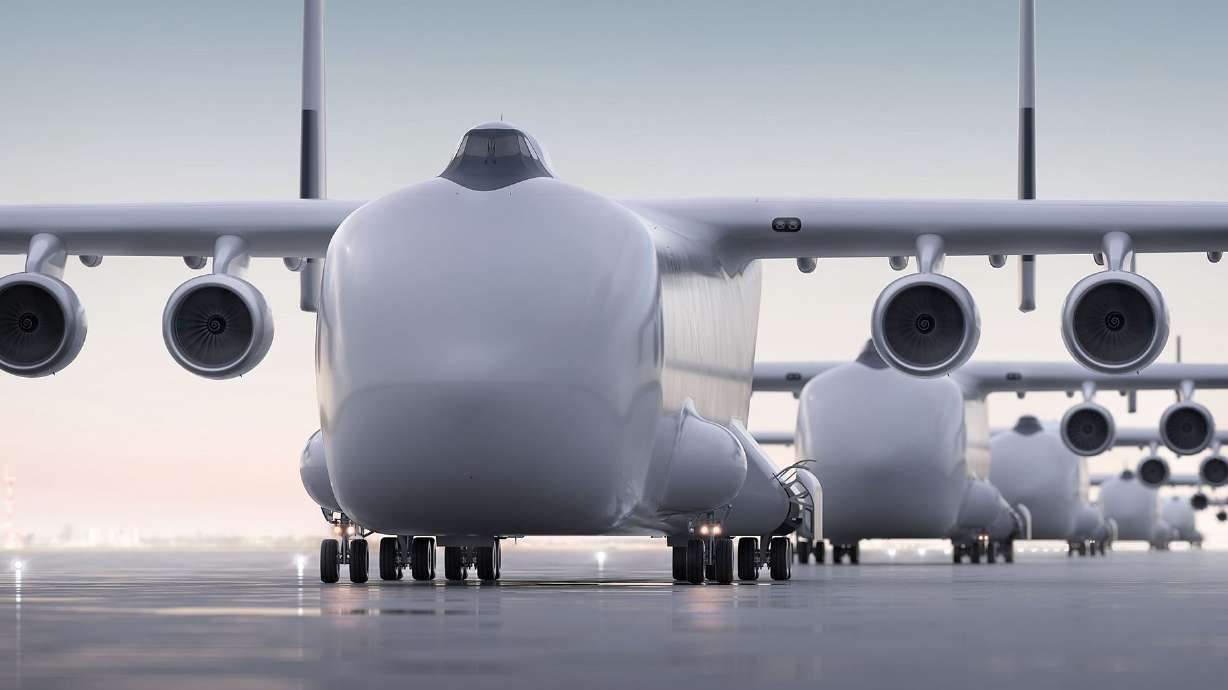Estimated read time: 2-3 minutes
This archived news story is available only for your personal, non-commercial use. Information in the story may be outdated or superseded by additional information. Reading or replaying the story in its archived form does not constitute a republication of the story.
DENVER — Onshore wind farms are a potential growth option for providing more energy globally. Larger wind turbines produce more power than standard ones, but the components are too big to be transported by road.
A Colorado-based energy startup named Radia has an idea to solve the transportation issue. It's developing the biggest aircraft in aviation history.
The WindRunner airplane will have the mission to deliver gigantic 300-foot-long blades directly to wind farms.
To help the world meet its decarbonization targets, the plane will use sustainable aviation fuel and needs only a simple packed-dirt or gravel runway to land on.
It'll operate from regional hubs, says Radia, delivering where needed — and "can land on airstrips as short as 6,000 feet, something no other large commercial aircraft can achieve."
When it comes to carrying the largest payloads ever moved by air, dainty just isn't going to cut it.
WindRunner will have a cargo bay volume of 272,000 cubic feet, enough to hold three Olympic swimming pools. That's 12 times the volume of a Boeing 747-400 and — at 356 feet in length, it's 127 feet longer too.
As for the wingspan, that's 261 feet.
It will also dwarf the Antonov An-225, the heaviest aircraft ever built, which was destroyed at the start of Russia's invasion of Ukraine.

The aircraft's scale might be groundbreaking, but the engineering is not — and that's by design. Radia says it's focusing "on existing technology and safety by using, where applicable, tried-and-true aviation materials, components and fabrication techniques that have FAA approval, are already in mass production and are lowest-risk."
The idea is to create a fast, well-built fleet that meets aerospace industry standards. Online reports say commercial operations as soon as 2027, but there's no timeline confirmed on Radia's website. CNN has reached out to the company for comment.
Radia is banking on research organization Bloomberg NEF's estimation that up to $10 trillion will be spent on onshore wind through 2050. The development of WindRunner is to enable GigaWind, the XXL turbines made by Radia's partners, which include five of the world's top six turbine manufacturers.
Currently, turbine blades today are ordinarily 230 feet or less, but Radia wants to deploy blades of up to 341 feet. The company says GigaWind turbines could potentially be two to three times more powerful — and two to three times more profitable than those typically deployed today.









